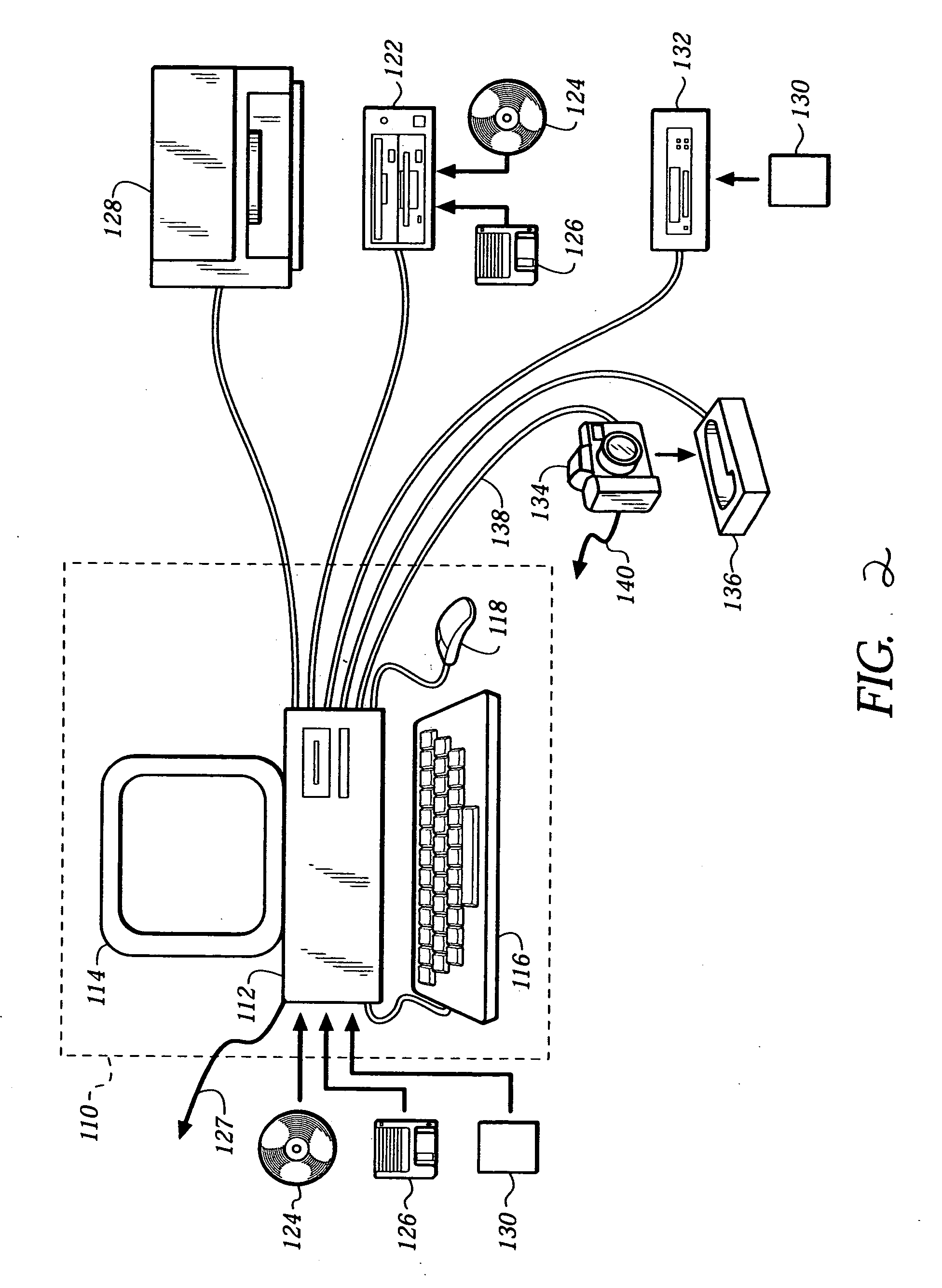Additive clustering of images into events using capture date-time information
- Summary
- Abstract
- Description
- Claims
- Application Information
AI Technical Summary
Benefits of technology
Problems solved by technology
Method used
Image
Examples
Embodiment Construction
[0014] In the method, images or other records are added to a database of records clustered into existing events. The events are organized based on date-time information associated with the records. The additional records are reclustered with some or all of the existing events depending upon the relative proportions of earlier-entered records and additional records. The method reduces the processing burden of reclustering, when small numbers of records are added, while still providing full reclustering when larger numbers of records are added. This approach also reclusters new records with records of temporally overlapping and temporally adjoining events whatever the number of new records added. This helps ensure that event continuity is maintained in the case that the new input records are part of the last event.
[0015] The term “date-time” is used herein to refer to time information. The date-time has a level of accuracy sufficient for a user's purposes in organizing images or othe...
PUM
 Login to View More
Login to View More Abstract
Description
Claims
Application Information
 Login to View More
Login to View More - R&D
- Intellectual Property
- Life Sciences
- Materials
- Tech Scout
- Unparalleled Data Quality
- Higher Quality Content
- 60% Fewer Hallucinations
Browse by: Latest US Patents, China's latest patents, Technical Efficacy Thesaurus, Application Domain, Technology Topic, Popular Technical Reports.
© 2025 PatSnap. All rights reserved.Legal|Privacy policy|Modern Slavery Act Transparency Statement|Sitemap|About US| Contact US: help@patsnap.com



